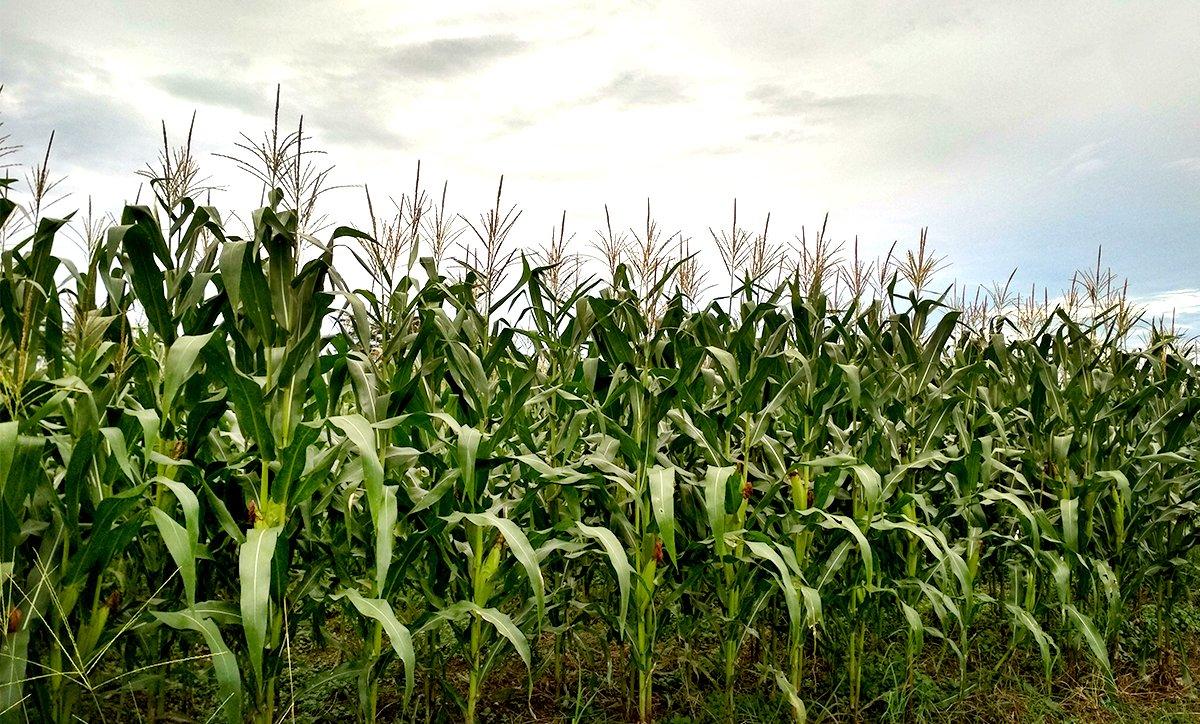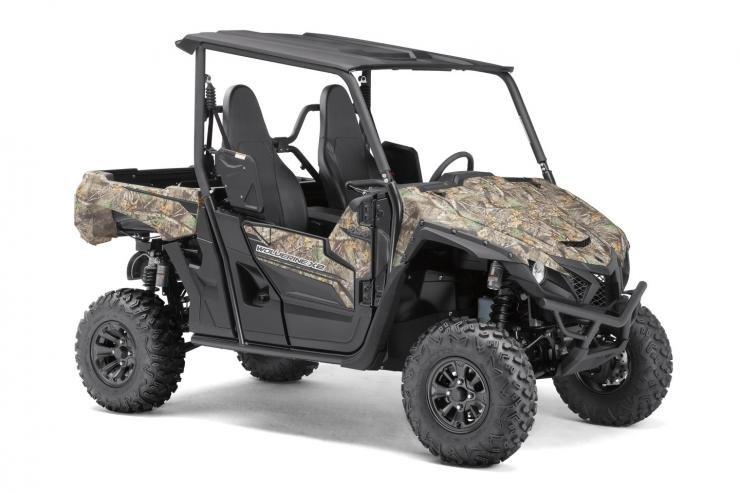What Is Your Preferred Seed Option for Wildlife?
Corn is an annual, warm-season plant that deer most certainly love. And I love it too. Not only does it provide a great food source but it also offers quality cover for deer, too.
While corn isn't high in protein (only about 8 to 10 percent), it is high in both carbohydrates and fat — which is something deer certainly need during the colder months. It provides the energy needed to burn calories and keep deer warm during cold temperatures and inclement weather.
How to Plant
It's important to take a soil sample before planting. If needed, apply lime to the area you intend to plant. Also, apply nitrogen and any other need fertilizer elements, as corn is a nitrogen-loving plant. Once the soil is right, then you can begin the planting process.
Corn needs a good quality seed bed to germinate and grow quickly. Spray the area to kill all unwanted weeds. Then, if drilling, plant at a rate of 8 to 12 pounds per acre.
Despite common belief, drilling isn't necessary for planting corn, though. You may also disc the ground and broadcast the seed at a rate of 15 to 20 pounds per acre. If using this method, it's best to plant at a depth of 1 to 1½ inches. If possible, use a cultipacker to put the seed at the appropriate depth. If you don't have this tool available, run a heavy drag over the ground to cover the seed as best as possible.
Gear Review: Yamaha Wolverine X2 Side-by-Side in Realtree EDGE
After planting, it's beneficial to apply more nitrogen during the growing phase. Wait a month or so after germination to apply.
When to Plant
Corn should be planted between March and May, depending on the location and weather. In the South, corn should be planted in March. In the mid-latitude states, April and May should be the primary window for planting. If further north, wait until May to plant corn. The key — make sure soil temperatures are at least 60 to 62 degrees Fahrenheit before planting.
In general, pay close attention to weather patterns, rain events and spring cold snaps. You certainly want to plant after the last frost occurs. You also want to plant just prior to a good rain event so the seed gets off to a good germination start.
Where to Plant
While it certainly isn't impossible, corn can be difficult to grow in unideal soil conditions. It does best in areas that are well-drained. Avoid planting corn in areas that are prone to flooding. A loamy soil with a pH between 6 and 7 is best. Areas that receive at least an average of three to four good rains during the growing period will be adequate for growing a quality stand.
When choosing a specific location, it's best to plant corn in an area that's at least ¾ of an acre to ensure deer don't over-browse it before it reaches maturity. You also want to choose a location that you plant to hunt during the late season — as that's when the deer will really target standing corn with good quality grain.
Don't Miss: 5 Food Plots for Procrastinators
Are you a hunter wanting to learn how to accomplish your goals? Check out our stories, videos and hard-hitting how-to's on food plots and land management.








